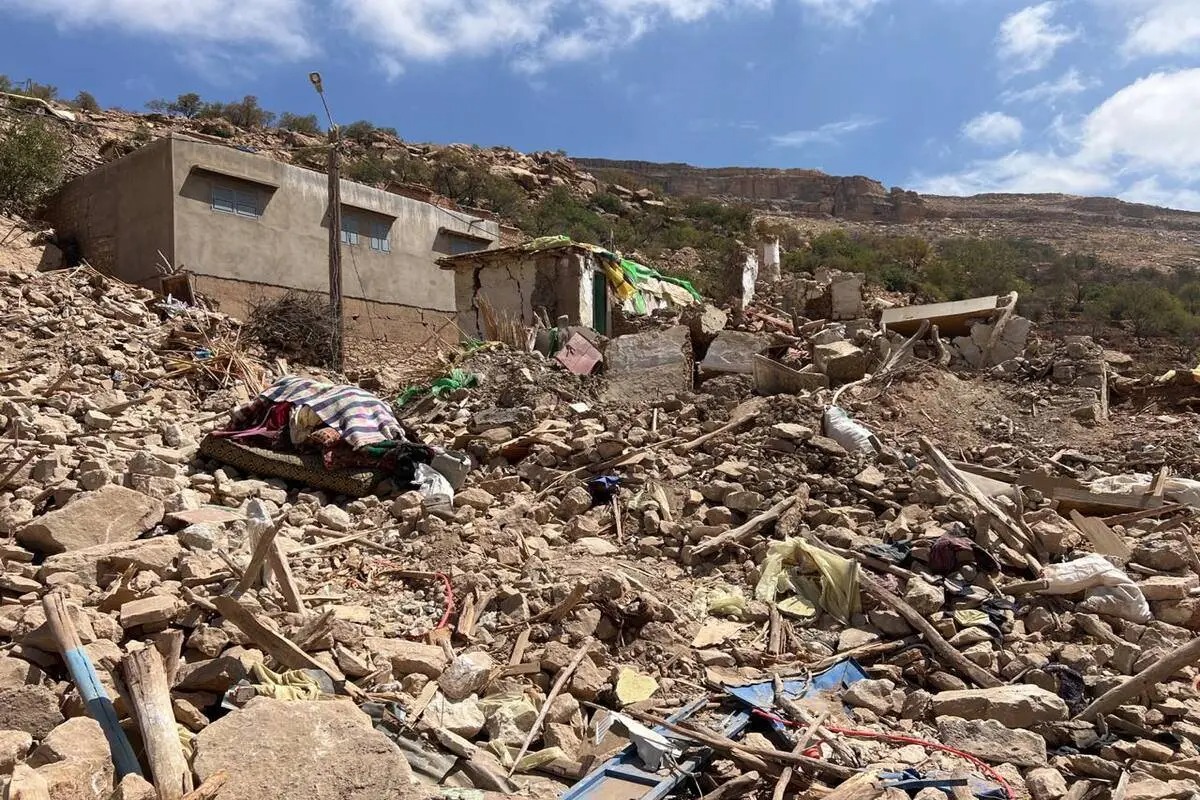Morocco has unveiled a comprehensive post-earthquake reconstruction plan, allocating a staggering $11.7 billion to address the aftermath of a devastating 6.8 magnitude earthquake that struck on September 8. The catastrophe, primarily impacting the High Atlas mountains, claimed the lives of over 2,900 people. This ambitious five-year initiative, announced by the royal palace, aims to provide relief and support to 4.2 million individuals residing in the hardest-hit regions. With a strong focus on rehousing and critical infrastructure upgrades, Morocco is poised to rebuild its quake-stricken areas, fostering social and economic development.
A Targeted Approach to Rehabilitation
Morocco’s post-earthquake reconstruction plan is characterized by its precision and targeted approach. The royal palace has identified the worst-hit provinces, including Al Haouz, Chichaoua, Taroudant, Marrakesh, Ouarzazate, and Azizlal, as the primary beneficiaries of this initiative. These provinces bore the brunt of the earthquake’s fury and will receive extensive attention in terms of rehousing and infrastructure enhancement. By focusing on these regions, the plan aims to channel resources where they are most urgently needed. In addition to its geographical specificity, the plan is also notable for its financing structure.
Multifaceted Funding for Reconstruction
Financing the colossal $11.7 billion reconstruction plan will be a multifaceted effort. The Moroccan government’s budget will play a significant role in underwriting the initiative, demonstrating a strong commitment to its citizens’ well-being. Additionally, international aid will contribute substantially to the funding pool, further bolstering the reconstruction effort. Moreover, a dedicated fund, established in response to the earthquake, has garnered approximately $700 million in donations, offering crucial financial support. This collaborative financing model reflects a united front in the face of adversity. Beyond financial support, the reconstruction plan also encompasses disaster preparedness.
Strengthening Disaster Preparedness
Recognizing the vulnerability of Morocco’s earthquake-prone regions, the reconstruction plan extends beyond immediate relief and rebuilding efforts. It includes the establishment of essential reserves in each affected region. These reserves will stockpile critical resources such as tents, blankets, beds, medicines, and food provisions, ensuring that rapid and effective responses can be mounted in the event of future natural disasters. This proactive approach to disaster preparedness underscores Morocco’s commitment to safeguarding the well-being of its citizens. However, Morocco’s response to foreign aid has sparked international debate.
Concerns Over Foreign Aid Response
While Morocco’s reconstruction plan is a monumental step towards recovery, concerns have been raised regarding the acceptance of foreign aid. Despite numerous offers from governments worldwide, Moroccan authorities have limited foreign search-and-rescue teams to operate on the ground. Currently, only teams from the United Kingdom, Qatar, Spain, and the United Arab Emirates have been granted access to the affected areas. This approach has drawn criticism, given the expertise and resources offered by international agencies such as the United Nations Office for the Coordination of Humanitarian Affairs (OCHA). Understanding the dynamics of international aid response is crucial.
UN’s Role in Disaster Response
Typically, international responses to major disasters are coordinated by the United Nations Office for the Coordination of Humanitarian Affairs (OCHA). UN agencies, including Disaster Assessment and Coordination (UNDAC) and the International Search and Rescue Advisory Group (INSARAG), can deploy within 12-48 hours upon request. They work in close collaboration with affected governments and resident or humanitarian coordinators to provide timely assistance, with deployment durations ranging from two to four weeks. Despite these capabilities, the Moroccan government has not yet formally requested UN assistance.
In conclusion, Morocco’s commitment to rebuilding and rehabilitating its earthquake-affected regions through an $11.7 billion reconstruction plan demonstrates its dedication to the well-being of its citizens. However, concerns over the limited acceptance of foreign aid and the absence of UN involvement highlight the complexities of international disaster response coordination.















